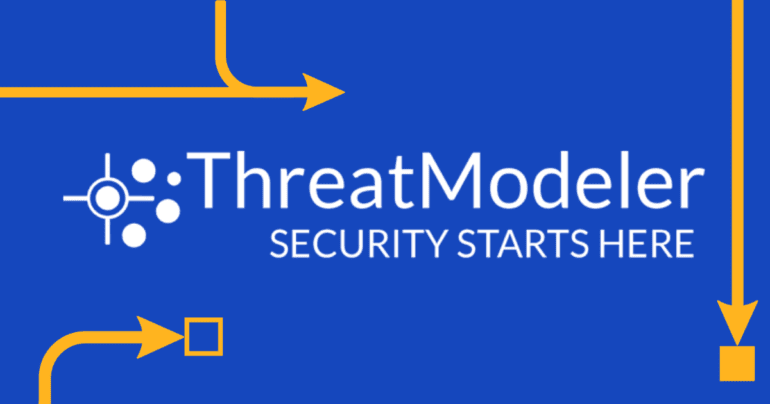TL;DR:
- ThreatModeler releases Version 7.0, introducing AI-powered ThreatModeler WingMan.
- The update enables faster and more consistent threat modeling.
- Real-time collaboration is emphasized for DevSecOps teams.
- Custom Risk Calculation feature provides flexibility in assessing threat models.
- Real-time version control offers insights into the evolving attack surface.
Main AI News:
In a significant development for the world of software security and DevOps, ThreatModeler has announced the release of Version 7.0, introducing cutting-edge features designed to revolutionize threat modeling. ThreatModeler, a prominent leader in automated threat modeling and cloud infrastructure security, is taking a giant leap forward with this release, combining the power of machine learning, artificial intelligence (AI), real-time collaboration, and customized risk assessment into one comprehensive platform.
One of the standout features of ThreatModeler 7.0 is the introduction of ThreatModeler WingMan, an AI assistant that promises to streamline the threat modeling process. This innovative addition leverages intelligent embedded machine learning and AI, ensuring faster and more consistent threat modeling. The integration of AI directly into the toolset aligns with the vision of simplifying threat modeling to a single click. ThreatModeler WingMan™ is seamlessly incorporated into the ThreatModeler platform, harnessing the platform’s patented rules engine and learning module while allowing for organizational customizations.
WingMan is not just another tech gadget; it represents a shift toward user-friendliness in threat modeling. By employing probabilities and understanding the dynamics of the app being modeled, it liberates developers and security teams from mundane tasks, enabling them to focus on strategic security analysis and process development.
ThreatModeler V7.0 also brings real-time collaboration to the forefront of DevSecOps teams’ practices. Modern organizations are increasingly prioritizing security integration within complex multi-tier environments that encompass applications, cloud infrastructure, and deployments. With the combination of the ThreatModeler platform, IaC-Assist, and Cloud Modeler tools, organizations can now collaborate and maintain a real-time view of their active threat surface. Automation and integration with code repositories, including GitHub, ensure up-to-date security requirements, mitigations, and controls. ThreatModeler’s IaC-Assist tool further enhances efficiency by enabling developers to monitor changes and updates to GitHub-committed threat models during the design phases and subsequent revisions.
Furthermore, ThreatModeler V7.0 introduces a groundbreaking Custom Risk Calculation feature, empowering software development and security teams to assess threat models at both individual and global levels. This feature offers complete flexibility, allowing teams to prioritize their entire attack surface based on their unique organizational criteria.
In addition to these enhancements, ThreatModeler V7.0 provides real-time version control spanning the entire multi-tier environment, facilitating comparisons between different versions of threat models. This invaluable feature allows teams to track the evolution of the attack surface, providing a genuine, real-time perspective on threat drift.
Archie Agarwal, the founder and CEO of ThreatModeler, commented on the release, saying, “ThreatModeler 7.0 sets the bar higher by bringing AI to threat modeling. Our WingMan technology simplifies the process for developers, even those with limited security knowledge, making it easier to incorporate security at the design phase. The platform also offers real-time collaboration and enterprise features, enabling the scalability, automation, and integration required to build thousands of threat models with tens of thousands of concurrent users. This capability is truly unique to ThreatModeler and is essential for teams committed to secure-by-design principles across their multi-tiered environments.“
With Version 7.0, ThreatModeler combines the technical prowess of IaC-Assist with collaborative enhancements to advance secure-by-design principles. The platform empowers DevOps teams to gain actionable insights through continuous monitoring, enabling the detection and remediation of security flaws before they manifest as code vulnerabilities. ThreatModeler’s capabilities provide developers with a comprehensive understanding of their code, minimizing risks and ensuring compliance and governance protocols post-deployment.
Conclusion:
The release of ThreatModeler Version 7.0 signifies a significant advancement in the field of threat modeling, incorporating AI and real-time collaboration. This development will likely drive the market towards more streamlined and user-friendly threat modeling processes, making it easier for both developers and security teams to enhance software security. It also aligns well with the growing emphasis on secure-by-design principles, offering organizations the tools needed to protect their multi-tiered environments effectively.

